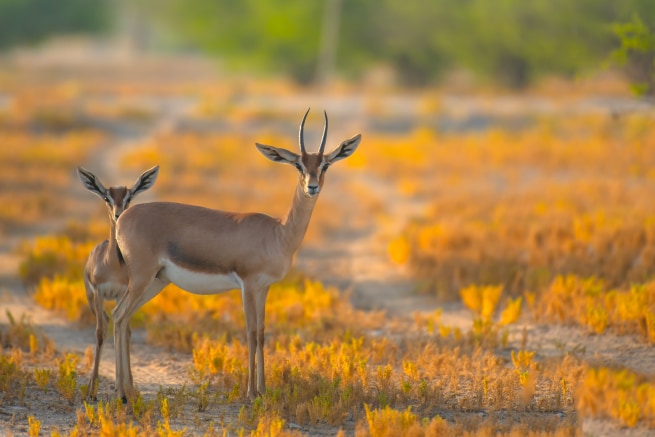Creating a nature positive future
Nature and biodiversity
The natural world provides the air we breathe, the water we drink and the essential resources and services that enable our societies and economies to thrive. So when nature is under threat, it has an impact on all of us.
Right now, our natural world is declining at an unprecedented rate. The Middle East’s unique geographic location and arid climate conditions make it vulnerable to rising temperatures and water shortages, hence the impacts of this decline are real — increased rates of desertification and habitat degradation, loss of arable land, the threat of multi-year droughts, frequent sandstorms and rising temperatures put the region’s 300 million people, and its natural environment, at growing risk.
The region supports some of the most vulnerable and endangered species on the planet, hosting close to 100 critically endangered species, such as the Sand tiger shark, the Hawksbill turtle, and the Rüppell's vulture, with more than 600 endemic species, including the Dragon's Blood tree and Softcoral seahorse. However, land degradation threatens these ecosystems, exacerbating the loss of biodiversity and impacting agriculture, pastoralism, herding and fisheries, which are integral to the region’s socio-economic and cultural heritage. Businesses must respond to these emerging risks by adopting nature-positive strategies to ensure sustainable outcomes.
Businesses face new risks from nature loss and must respond to emerging regulatory, consumer and investor pressures. By putting nature-positive strategies in place and integrating them into their plans, business leaders can harness new opportunities that create sustainable outcomes for all.
Our passionate community of solvers is working together with businesses and governments to transition to a nature-positive future.
Centre for Nature Positive Business
PwC's global Centre for Nature Positive Business unites more than 500 nature specialists across our network. Bringing together knowledge in biodiversity, water, forestry, regenerative agriculture and geospatial analysis, the Centre is accelerating the global transition to a nature-positive and net-zero future.
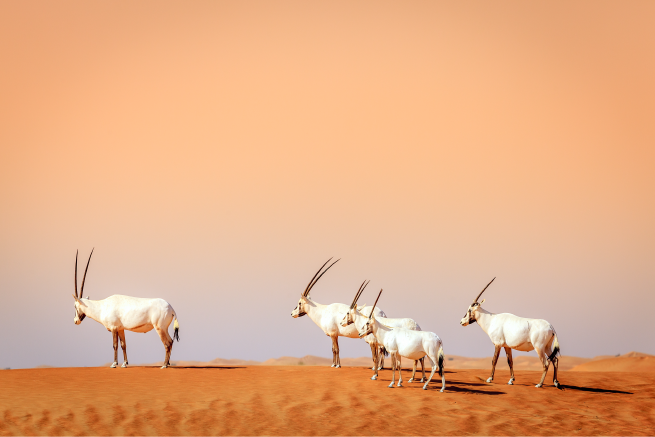
In the region, the Centre will:
- Catalyse collaboration among public, private and civil society organisations to create new communities of solvers in the fight to halt and reverse nature loss
- Support government entities and agencies in enacting the needed strategies, policies and plans to conserve nature and biodiversity
- Empower business leaders to play their part, by helping regional organisations transition to nature-positive business models
- Help drive the development of frameworks, standards, and methodologies that provide the architecture necessary for rapid system-wide change
- Upskill our people to build nature-positive, sustainable outcomes into project delivery
- Contribute to and build trust in the diverse global factbase that underpins the nature-action agenda.
Key imperatives for a nature-positive future
- Enact enabling strategies, policies and regulations
- Drive excellence in environmental management
- Invest in nature-based solutions
- Catalyse nature tech
- Prioritise environmental education and awareness
Enact enabling strategies, policies and regulations
Define an aspirational vision and a roadmap to realise it.
Governments need to implement dedicated action plans to halt and reverse the loss of critical habitats and species, address the impacts of land degradation, enhance water management practices and conserve vital freshwater, and mainstream sustainability and conservation in key social and economic activities. New enabling strategy, policy, and regulatory tools are required to achieve a nature-positive future. Tackling land degradation through restoration initiatives and sustainable land-use practices is vital for maintaining ecosystem health and ensuring long-term resilience.
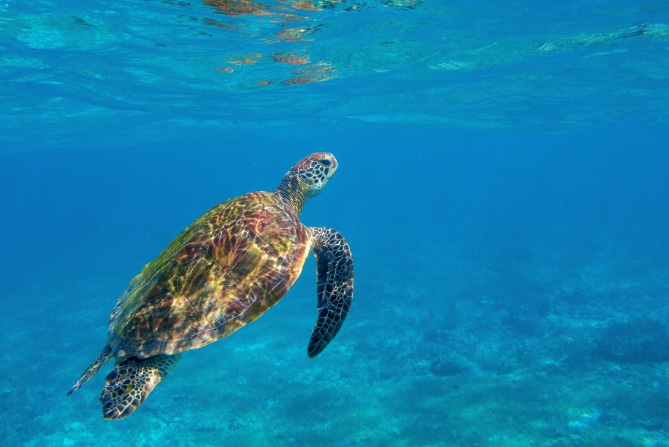
Drive excellence in environmental management
Establish protected areas, strengthen protection and compliance.
Governments worldwide, including those in the region, are striving to reach the 30x30 target1- to protect 30% of their lands, oceans and inland waters by 2030. Efforts along this objective should double down and be coupled with effective enforcement and compliance practices to curb illegal hunting and habitat degradation.
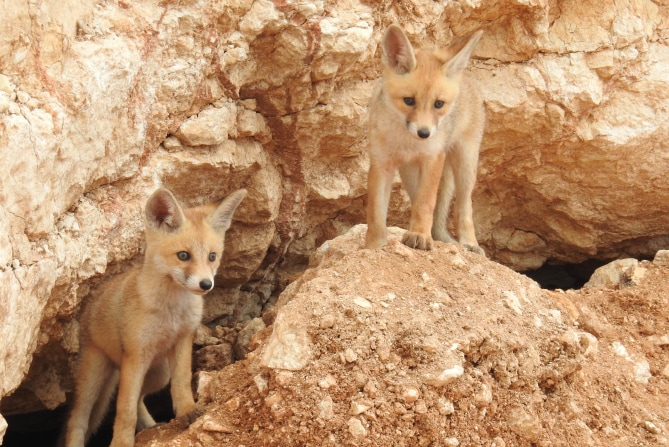
Invest in nature-based solutions
Harness the power of nature to address societal and environmental challenges.
Invest in nature-based solutions for both biodiversity and human well-being. This includes reforestation and afforestation initiatives, ecosystem restoration projects, and the integration of nature-based infrastructure solutions like green roofs and wetlands. These solutions are also crucial in reversing the impacts of land degradation, helping to restore ecosystems, improve soil health, and safeguard water resources.
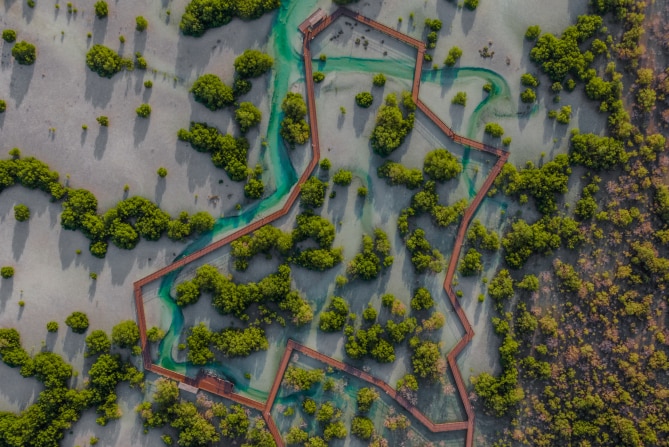
Catalyse nature tech
Leverage innovative technologies to better our environment.
Nature tech aims to harness the power of technology to better understand, protect and sustainably manage our natural resources and ecosystems. Governments should drive innovation in, and adoption of, nature tech, covering remote sensing and conservation, drones for wildlife and habitat monitoring, the Internet of Things (IoT), data analytics and predictive modelling.
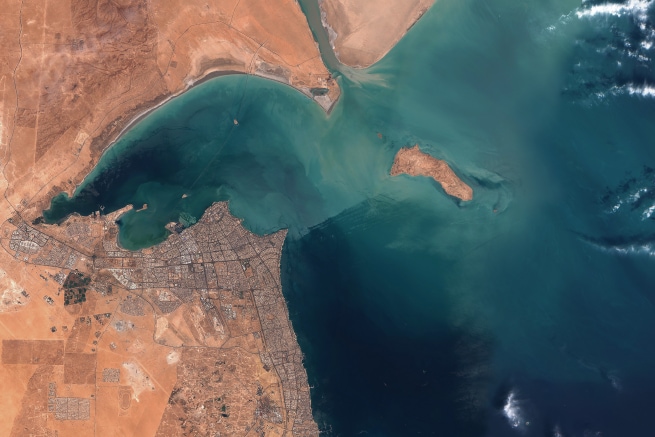
Prioritise environmental education and awareness
Promote a greater understanding of nature and its value.
Governments should prioritise environmental education and public awareness campaigns to foster a greater understanding of the value of nature and the importance of its protection. This fosters a sense of stewardship and enables more informed and responsible individual choices and behaviours.

Four ways to embed nature in your business model
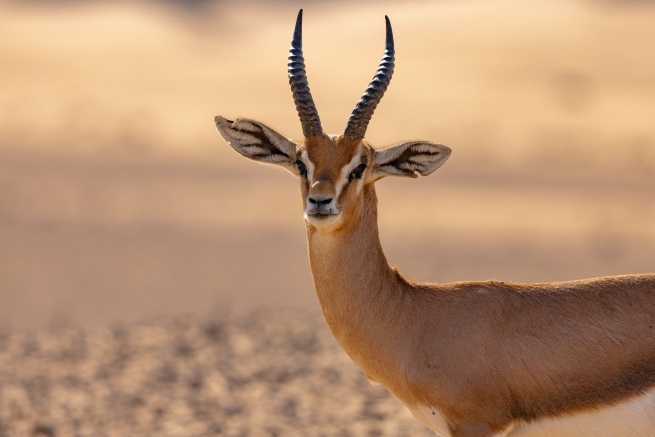
Where to start?
Many organisations may be further along the path to becoming nature positive than they think. We can help you understand what nature means for your business, why it matters and how you can start your nature-positive journey.

What are your impacts, dependencies and risks?
Understanding and managing your business’s location-based impacts and dependencies on nature is an essential starting point to ensure its long-term sustainability and to manage risk. We can help you understand your interface with nature, the risks and opportunities it poses to your business, and how to monitor your progress.
Understanding and managing your business’s location-based impacts and dependencies on nature, including land degradation, is an essential starting point to ensure long-term sustainability and to manage risk. We can help you understand your interface with nature, including how land degradation may affect ecosystems, resources, and operations, as well as identify the risks and opportunities it poses to your business.
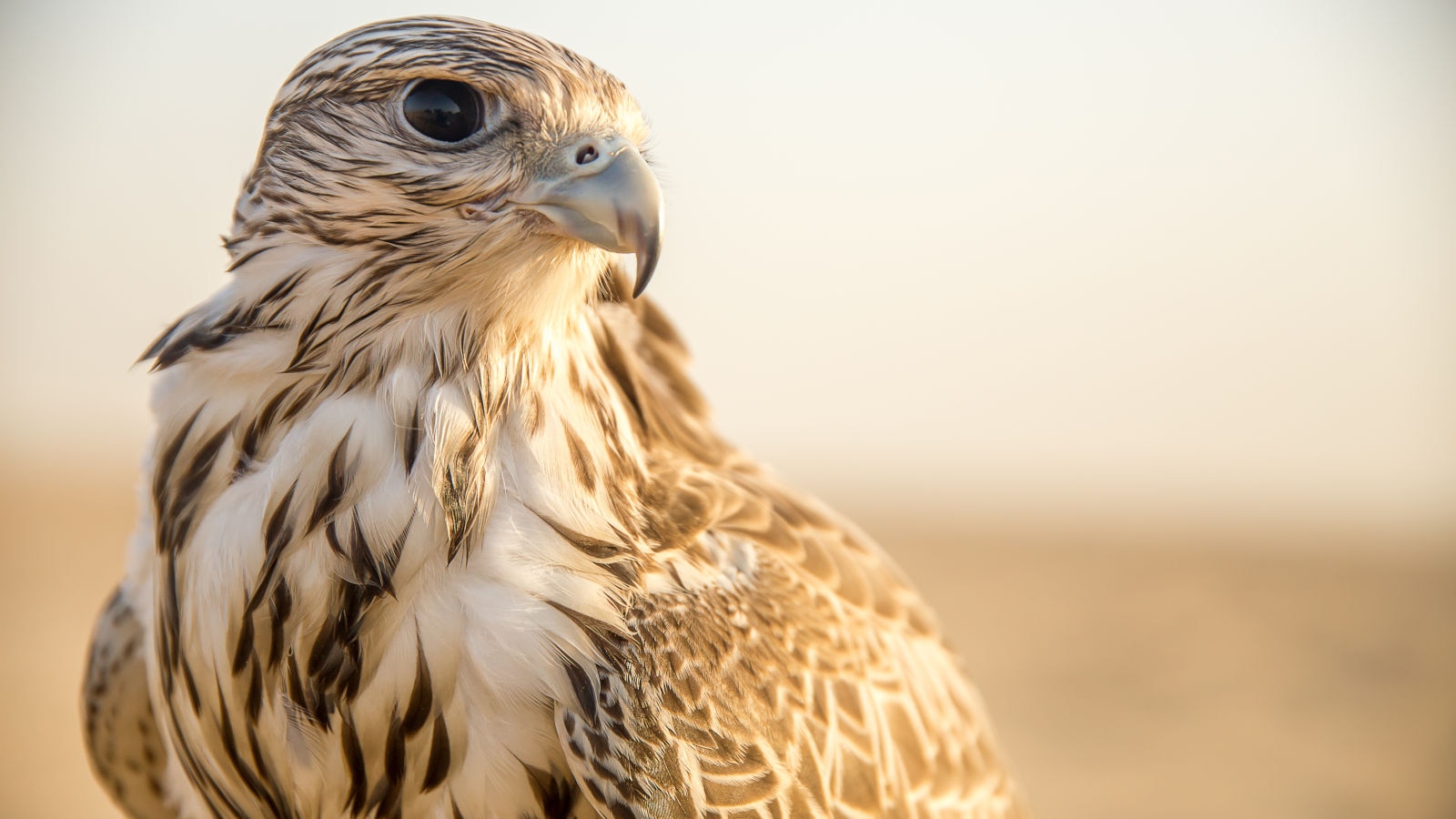
Turning insights into action
Once you understand your business’s interface with nature, you must translate that information into a clear vision and mission with robust transition plans, goals and targets that integrate with existing sustainability and corporate strategies. We can help you develop bespoke plans to transition towards a nature positive future.

Nature reporting, regulation and transparency
Transparency in measuring and reporting nature-related impacts, risks and transformation is an essential component to attract and retain investment as well as to adhere to regulation and manage reputation. The Centre for Nature Positive Business works with organisations to fully understand their interface with nature and to report their impact, targets and strategies in line with best practice and regulation.
Managing nature risks: From understanding to action
Read PwC's analysis of the nature risk that organisations could be facing
How we are delivering nature-positive outcomes
How we create impact: Conserving the Red Sea biodiversity
Connect with us
Together, we can transform the Middle East and unlock inclusive growth through sustainability.
Contact us








